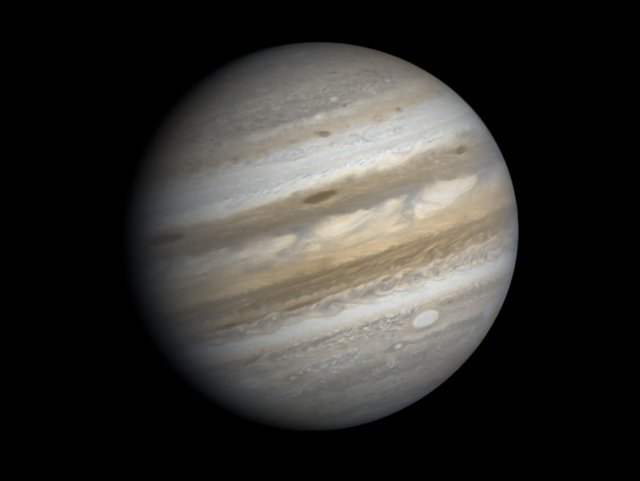The discoveries of the most remote Voyager 1 spacecraft
March 5, 1979 Voyager 1 reached the planet Jupiter, and in 2013 left the solar system
The National Aeronautics and Space Administration (NASA) launched the Voyager 1 interplanetary station on September 5, 1977. Initially, the mission was to study Jupiter and Saturn. Voyager 1 was the first to take off these planets. On March 5, 1979, he reached the planet Jupiter, and in July became as close to the planet as possible. In November 1980, Voyager 1 got as close as possible with Saturn, flying at an altitude of 124 thousand km.

The second mission of the Voyager mission was launched earlier, on August 20, 1977. So far this is the only probe that reached Uranus (January 1986) and Neptune (August 1989).



On board the Voyager 1 a gold plate with a message for extraterrestrial life is fixed. It contains greetings in 55 languages, people's voices, classical music and sounds of nature, photos of people and the Earth. The plate stores the coordinates of the Earth and the Solar System, as well as the scheme of radiation of the hydrogen atom.

Voyager 1 removed the eruption of the volcano on the surface of the moon of Jupiter Io. The satellite contains more than 400 active volcanoes.


In September 2013, NASA announced that Voyager 1 had crossed the boundary of the solar system. It was the first device that went into interstellar space. To date, the device is located at a distance of more than 20 billion kilometers from the Earth. On its location can be found on the NASA website. According to scientists, the fuel should be enough for another 10 years of work, and after communication with the Earth will be lost.

Last December, NASA launched the Voyager 1 engines, which were suspended in 1980. The signal of the engine start command went to the apparatus 19 hours and 35 minutes. For this purpose, the specialists have studied the documentation for the software of the device, which was written in an outdated programming language. According to scientists, the launch of engines will extend the life of the device for another two to three years.

